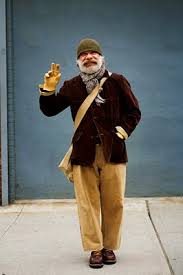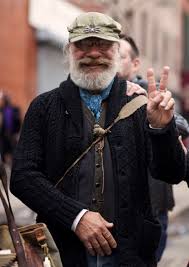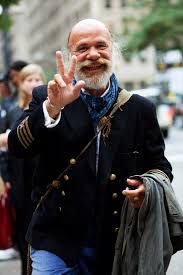The Idea
People have to find inspiration, they can gain this from newspapers, conversations, real life situations and existing products. Producers take the idea and make reality, they find and pitch to different directors and writers about the idea and show off original scripts to get the right people to make the movie happen. The director will then look at original script, and see how to interpret it into a film that can be produced. The writer then clarifies all the actors and scenes in the film, they give the storyline to the producer and director to be filmed, they decide what the characters are like. The writer will then write a treatment, which allow readers to see what genre the film is and if there interested. After the treatment is written the producers and such will then pitch there story line and such to financiers who will commission a script, this is so there film can be made, and there will be a budget allocated.
Development Finance
Producers approach film production companies for the finance to develop the script and idea, this is only usually given if the companies think they will make a large enough profit. The producer will then offer rights to different people to gain money, they will offer part of the revenue to sales company if they will finance some of the script development, the offer will also be to broadcasters who can get the film advertised on different television channels, and the distribution company, who will get places for the film to be scene in different cinema's, and to different broadcasters who will also take a percentage of revenue. It could also be pitched to the UK Film council, who could invest in new talented scripts.
Script Development
The producer and writer decide together on what scenes and key events will take place in the film. The writer will then usually use the step outline method to look at how the film will come together. The writer will then produce a first draft, when happy they and the producers will send a copy to the financiers. When everyone is happy, the script will become a final draft and the writer payed. Then a sales treatment will be written to further sell to potential investors.
Packaging
The producer and director then get the sales treatment and script and a rough budget idea ready to be financed. Then to also commercialise the film, stars can be added to the script, they may demand allot of money to act in the film, but could also bring in bigger revenue because the audience will know the stars. Then HOD's will decide the budget, and how the film will look, they will agree with the financiers with the final script. The producer will now work out the exact amount of money the film will cost, and how it will be spent. The producer will then see how they can raise money, and what the estimate revenue will be, so they can pay the investors back. The complete package is now done, and has the final draft in, along with the HOD's, stars, budgets, and estimated revenues.
Financing
The producer will now have to find investors, she may have to travel with the package to find them, directors may also help, as if there famous, or the stars in the film are big, this will attract more investors. Once an investor is landed, a lawyer has contracts ready for the deal to go through. The producer will also raise money be "pre-sales" before the film has been made. Also loans or investment can be made through banks that can specialise in film making. A completion bond is then usually put in place, so that if the film goes over its budget, there are funds that can support it, but this may take a larger amount of revenue in the ending profit.
Pre-Production
All the HOD's are hired and have a meeting, looking at the scripts they all decide on there plans to make the film successful. The casting director, decide's how many people will be cast, and which actors are right for different roles, this will then decided all together by the director producer and casting director. A paper edit will then be created, much like a storyboard, the director, editor and sketching artist will create a strip showing the films main events in various pictures and small descriptions. The production designer then designs all the sets, and how they will be made. Different art directors and producers will make the sets, decide what colours there will be, and what props, the construction manager will be see how the sets will be put together. Special effects will then be planned by the the visual effects supervisor, CGI will be used but also physical effects. The first AD, line producer and production manager then sort out the key elements of the production e.g. finance, workers, cast, equipment, budget.
The Shoot
The shooting begins with numerous people on set. The director watches different screens, and decides how the film will be best shown, you also have the stills photographer, who takes photo's that would be used on posters and in newspapers ect. There is also, the camera team, the insures, the producer, the sound team, the 3rd AD, property manager, health and safety, the 2nd AD, the caterers, the gaffer, and the stars. The shoot is also run military like, so if they run behind schecdule finances may step in.
Post Production
As the footage come in, the editor assembles it into a narritive sequence, then the sound producers work on the music and prop noises that fit in with the sequence. The special effects are added and so are the title sequences and credits, along with colour and contrast additional effects. It is then made the final cut, and ready to be duplicated.
The Sale
The company get a sales agent who helps sell the final cut, a trailer is made, or other sneak prevue traliers and then the4y hand over everything they have created, e.g. posters, bilboard designs and such to distrubuters.
Marketing
Distrubuters then make deals with the cinema owners to show the film.



